Deforestation involves the large-scale removal of trees and forest areas, primarily to make way for agricultural activities, urbanization, and logging. It results in the loss of biodiversity, alteration of ecosystems, and a significant impact on climate change. Among the most affected by deforestation are big cat populations, which are experiencing severe habitat loss and fragmentation.
Understanding Big Cat Populations
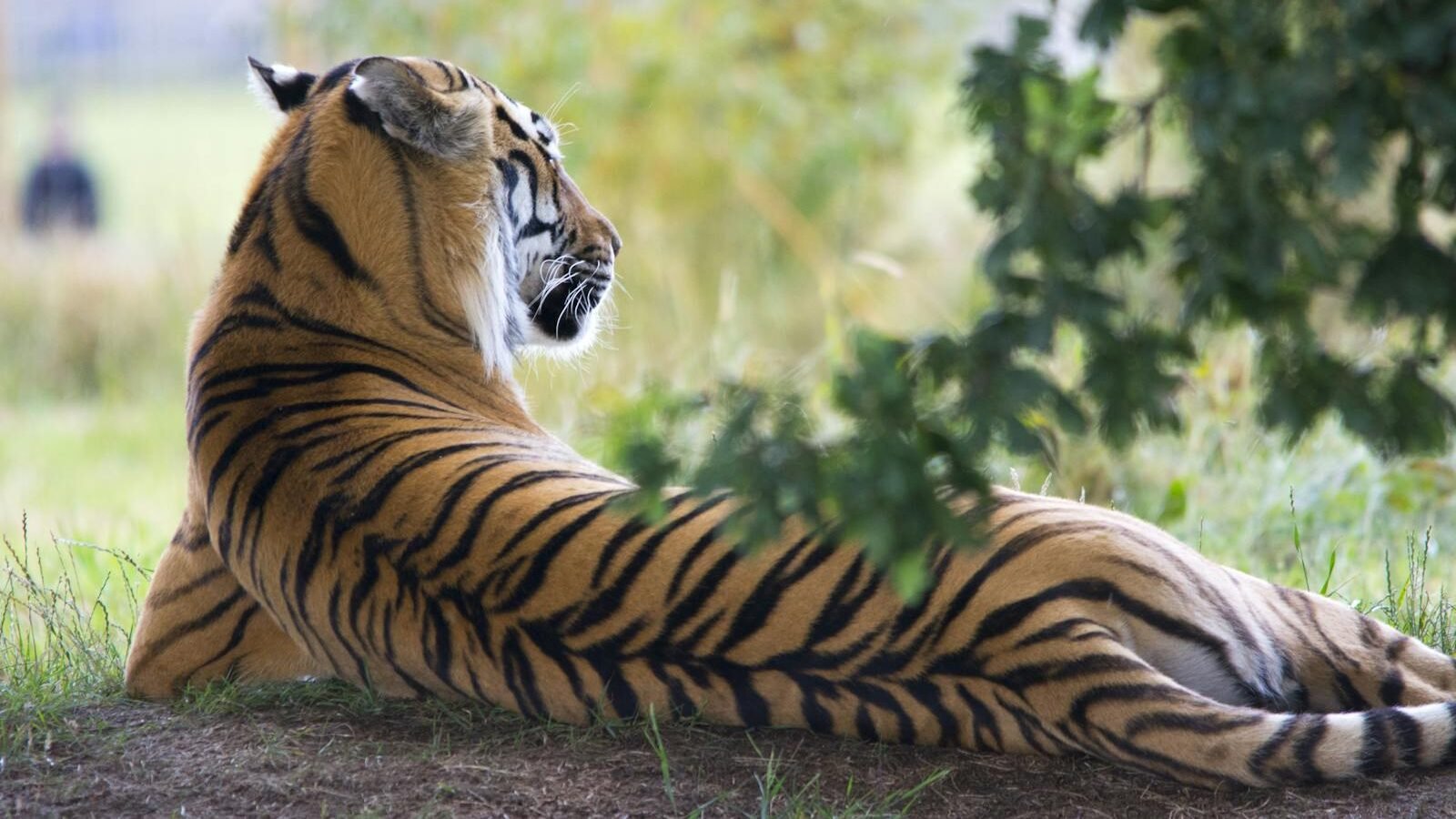
Photo by Pixabay via Pexels
Big cats refer to large feline species, including lions, tigers, leopards, and jaguars. These majestic animals are known for their vital roles in maintaining healthy ecosystems by controlling prey populations and balancing the food chain. As apex predators, their survival is crucial for the stability of biodiversity in their habitats.
Habitat Loss: A Primary Concern
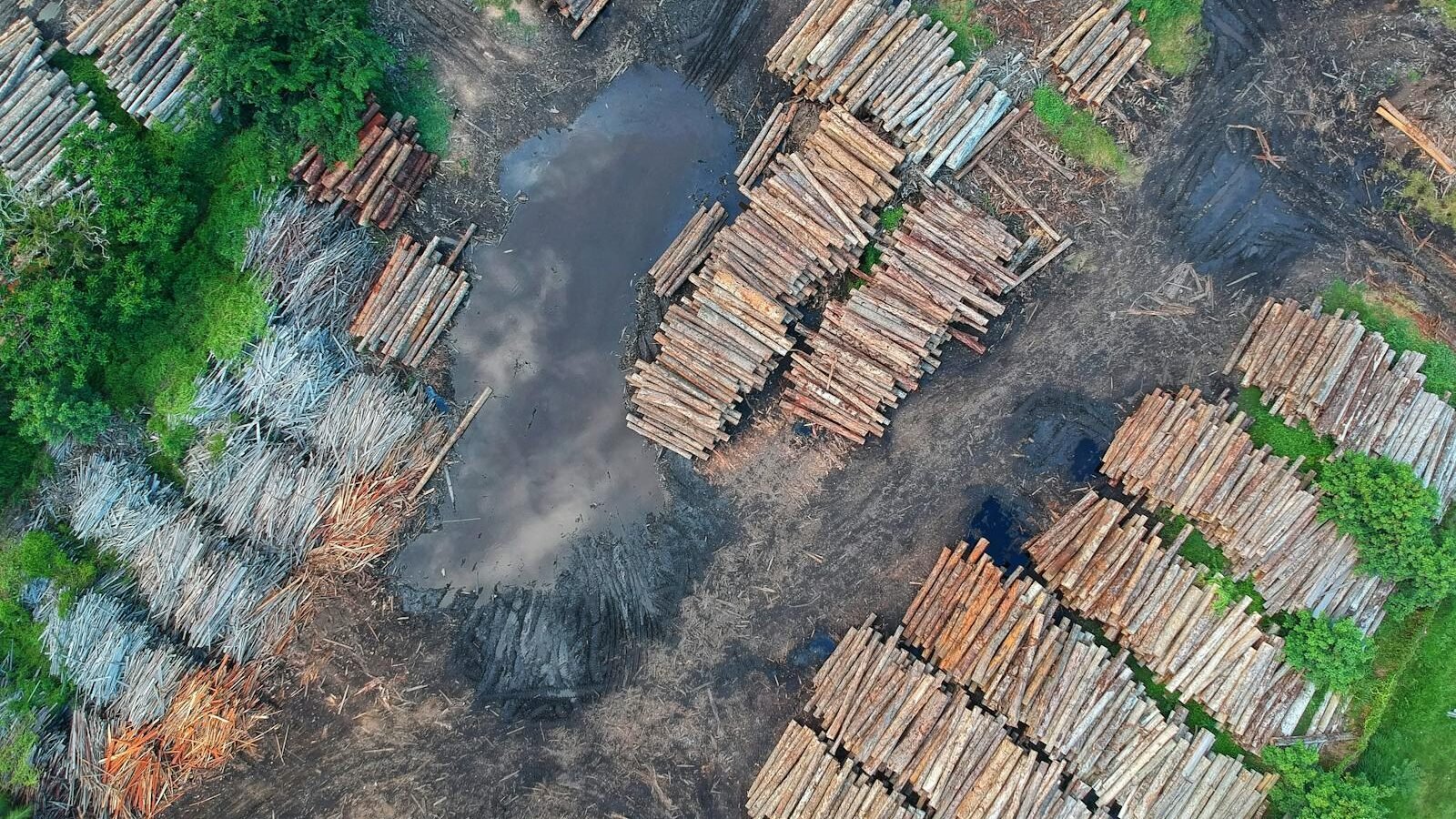
Deforestation leads to significant habitat loss for big cats. Forests provide shelter, breeding grounds, and hunting territories for these animals. When these natural environments are destroyed, big cats are forced to migrate to other areas, increasing the likelihood of human-wildlife conflicts and endangerment.
The Impact on Food Sources
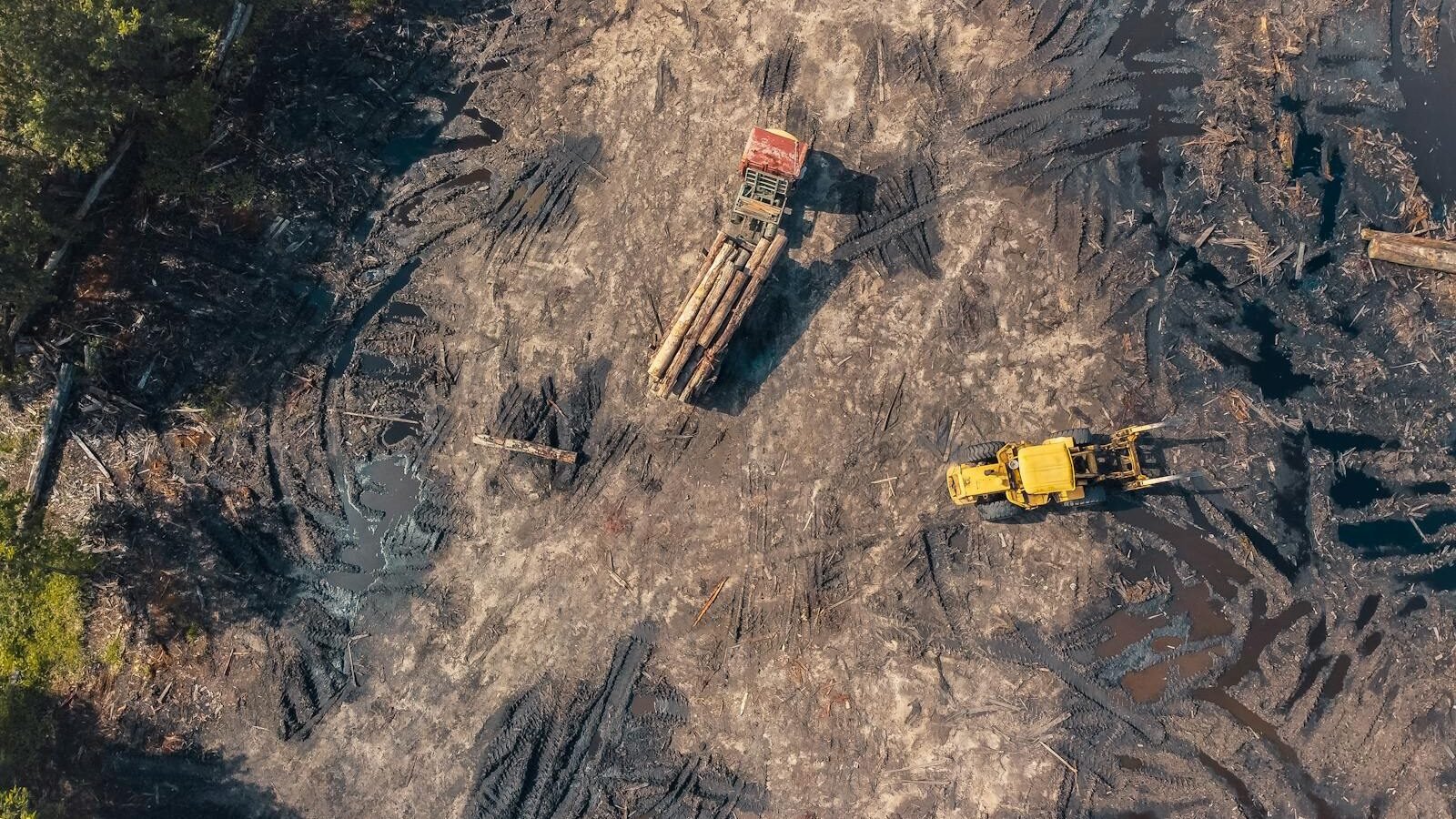
Photo by Pok Rie via Pexels
With deforestation, not only do big cats lose their home, but also their food sources are depleted. The prey that these predators rely on for survival is also affected by habitat destruction, leading to scarcity of food and increased competition among predators, further jeopardizing their survival.
Fragmentation of Habitats

Deforestation often results in fragmented habitats, which isolate big cat populations. This isolation can lead to inbreeding, reducing genetic diversity and increasing the vulnerability of populations to diseases and environmental changes. Fragmented habitats also make it more challenging for big cats to hunt and reproduce.
Increased Human-Wildlife Conflicts

Photo by Pixabay via Pexels
As forests are cleared, big cats often venture into human settlements in search of food. This proximity increases the risk of conflicts with humans, leading to potential retaliatory killings and further reducing big cat numbers. Conservation efforts need to address these conflicts by promoting coexistence and implementing protective measures.
The Role of Forests in Climate Regulation
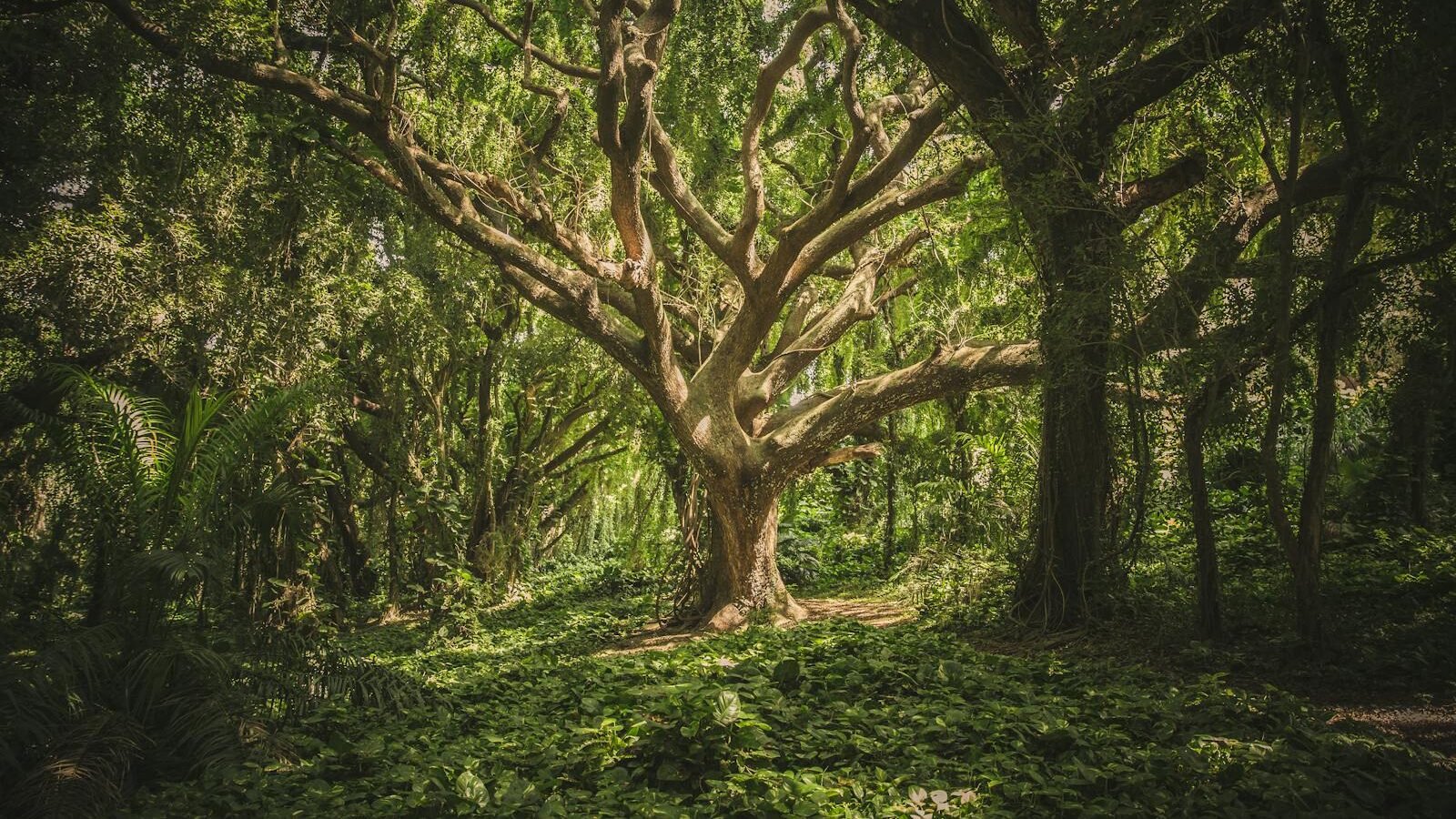
Forests play a critical role in regulating climate by absorbing carbon dioxide and maintaining rainfall patterns. With deforestation, these natural processes are disrupted, leading to climate changes that can affect big cat habitats. For instance, altered rainfall patterns can lead to droughts, further stressing already vulnerable landscapes.
Conservation Efforts and Strategies
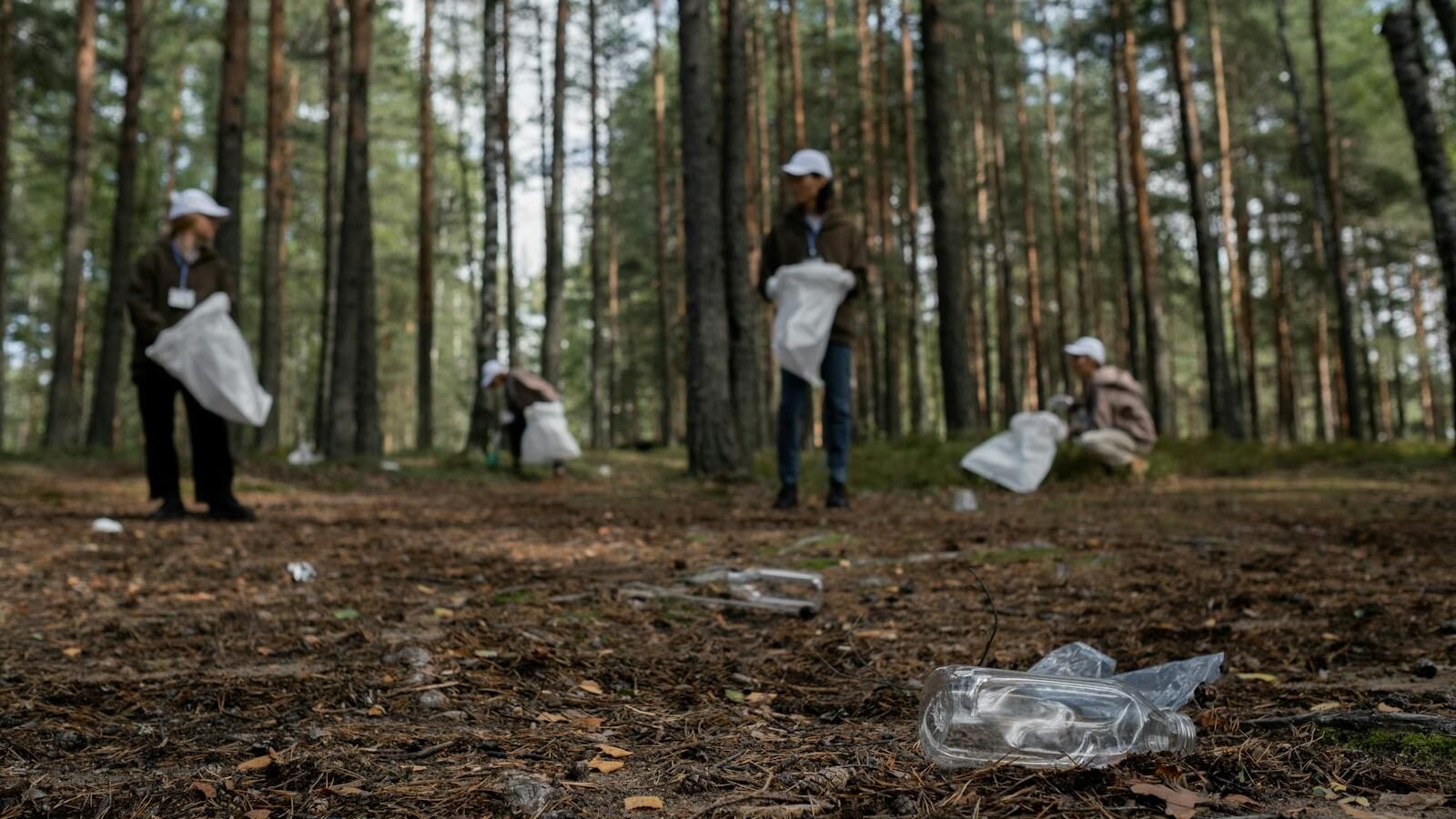
Photo by Ron Lach via Pexels
Efforts to combat deforestation and protect big cat populations include legal protections, reforestation projects, and the establishment of protected areas. Conservationists are also working to mitigate human-wildlife conflicts and promote sustainable land-use practices that balance human needs with environmental preservation.
The Importance of Public Awareness
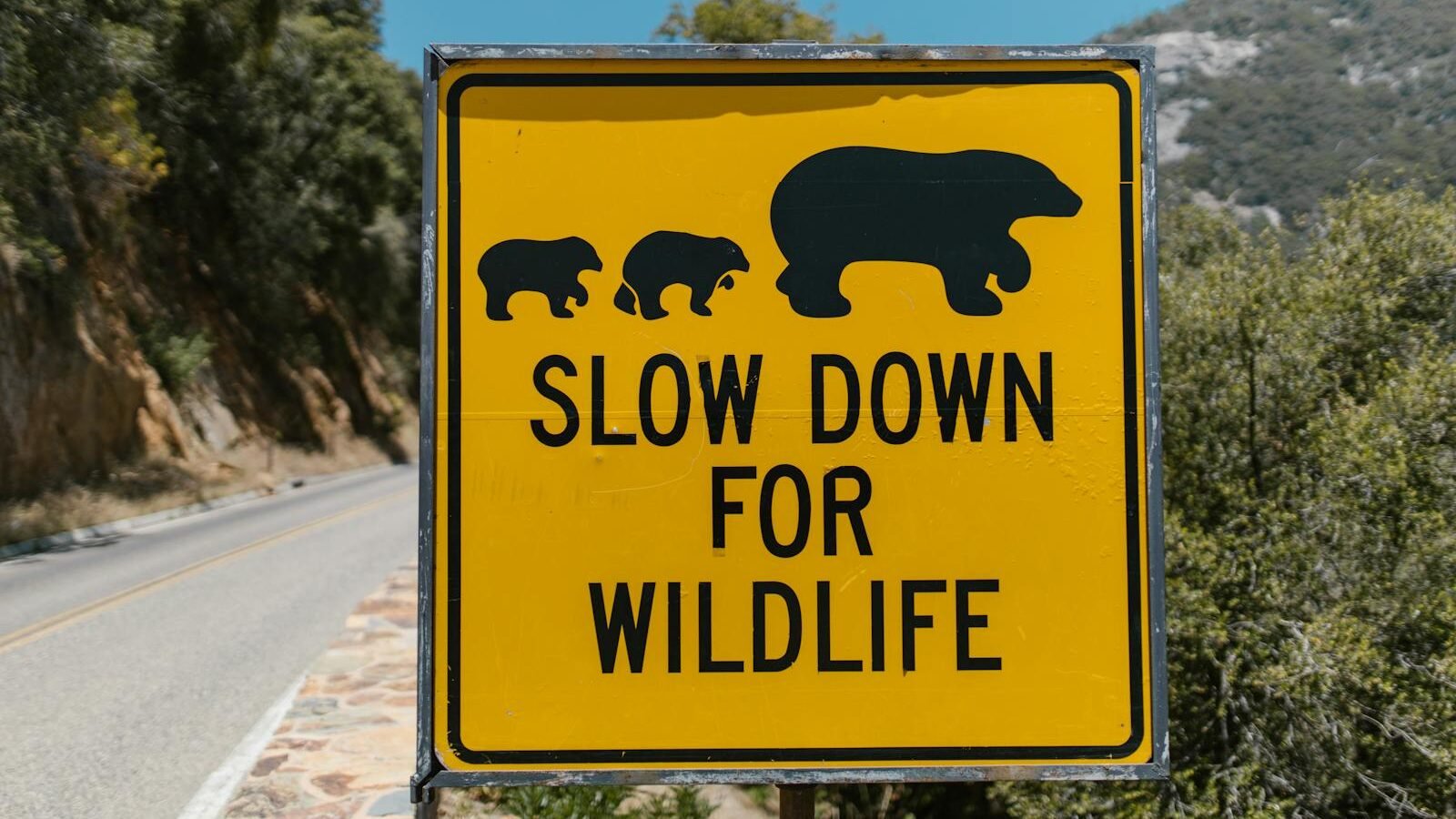
Raising public awareness about the impacts of deforestation on big cat populations is crucial for garnering support for conservation initiatives. Education campaigns and community involvement can lead to more effective and sustained conservation efforts, helping to protect these vital predators for future generations.
Looking to the Future

Photo by Theodor Vasile via Pexels
While the threats posed by deforestation are significant, ongoing conservation efforts and increased global awareness offer hope for the future of big cat populations. By addressing habitat loss, promoting sustainable practices, and fostering coexistence between humans and wildlife, there is potential to secure a future where big cats continue to thrive in their natural habitats.
Conclusion: A Call to Action
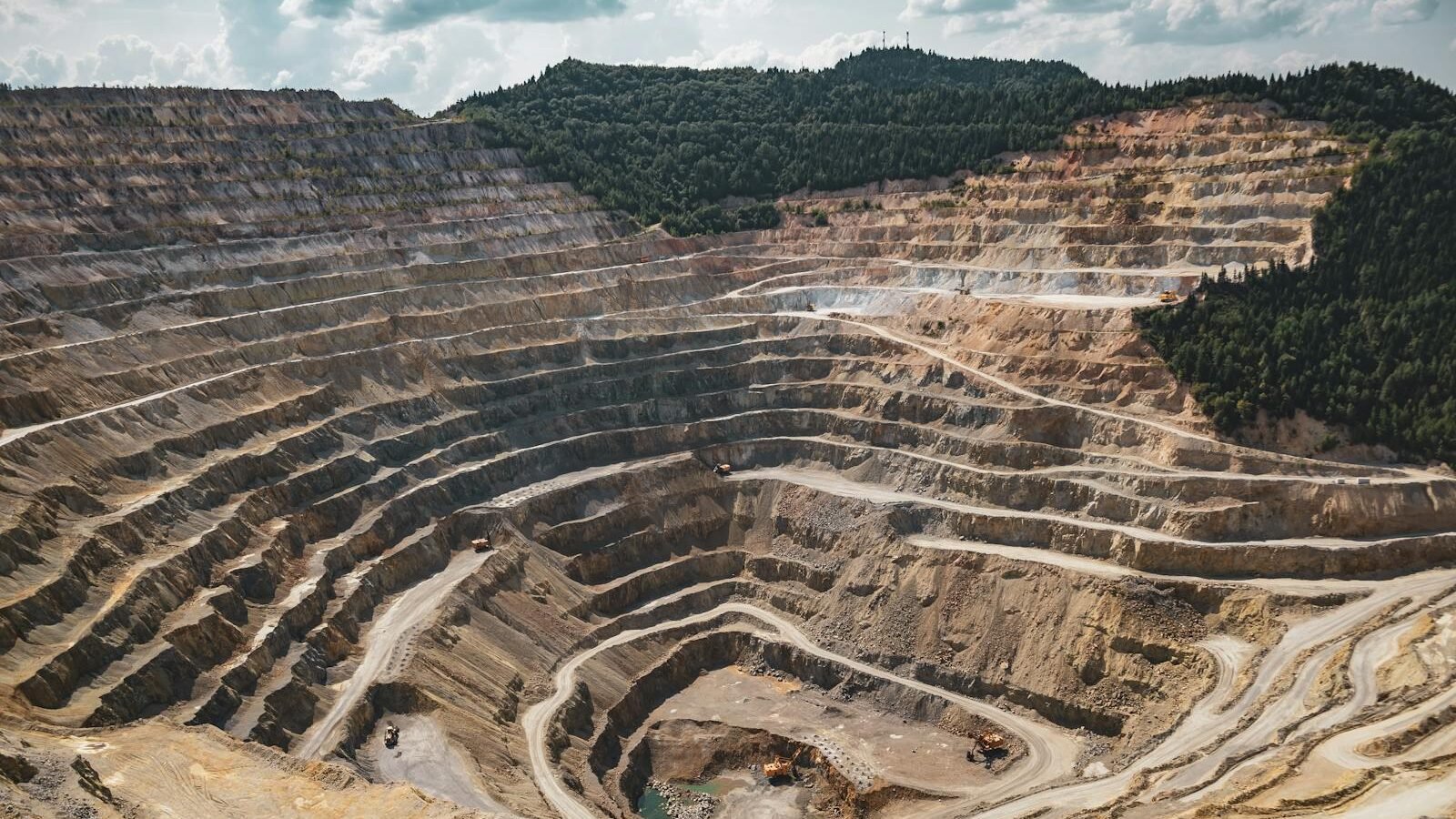
The impact of deforestation on big cat populations is profound and calls for urgent action. As stewards of the planet, it’s crucial for us to take decisive steps to preserve these irreplaceable creatures by supporting conservation efforts, advocating for policy changes, and reducing our ecological footprint. By doing so, we can ensure that big cats continue to roam the forests for generations to come.

With over a decade of experience as a dedicated cat lover and enthusiast, I specialize in writing captivating content about all things feline. My expertise shines through in creating engaging and informative pieces that resonate with fellow cat lovers. As a proud cat parent to my beloved Duston, my personal connection to the world of cats adds authenticity and warmth to my work, making it relatable and heartfelt.






